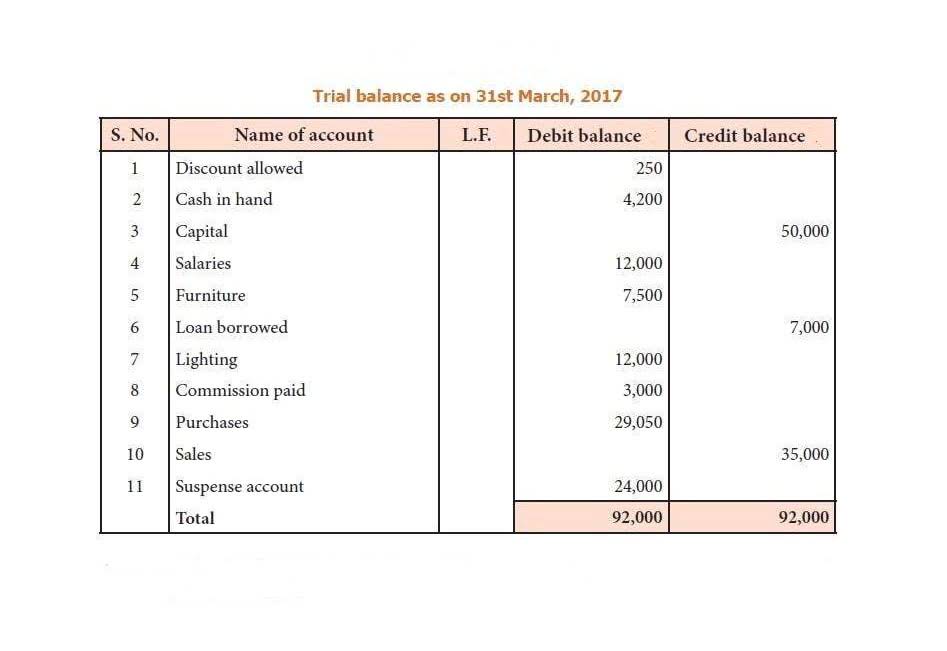
Inventory write-offs are typically done when goods are stolen, damaged, expired, or made obsolete by a new product or shifts in demand. Let’s put the COGS formula into practice, since this is an especially important part of the inventory accounting process. Ending inventory, also called closing inventory, refers to the total value of a company’s inventory at the end of each accounting period. Beginning inventory, also called opening inventory, refers to the total value of a company’s inventory at the start of each accounting period. Inventory is considered a current asset in accounting because companies usually intend to sell the finished products within a fiscal year. During the training process, your AIMS software trainer will teach you and your staff how to use Commander’s robust software to best manage your business.
Just because the wholesale industry is unpredictable, doesn’t mean your software technology has to be.
Yes, some PE firms do focus on energy and mining, but typically they stick to utility and/or power generation companies rather than unpredictable E&P companies. For cases where the company is highly diversified – think Exxon Mobil – you need to value its upstream, midstream, downstream, and other segments separately and add up the values at the end. To get a real world example of this NAV model, click here to view a sample video on how to set up the revenue side in a NAV analysis for XTO Energy. In each year, you assume that you produce either the production volume of that year or the remaining reserves – whichever number is lower. Depending on the company’s previous history, you might assume a decline rate of 5-10% per year – potentially more or less depending on how mature it is. To see a real-world example of these projections, click here to view a sample lesson from the Oil & Gas Modeling course on Price Hedging and Revenue by Segment.
Petroleum Marketer Accounting Software Solution
The retail value will be determined by the related department sales found on the closing register tape. In CStoreOffice®, store merchandise is maintained by Retail Accounting Method—a method by which a business can maintain and account for the value of its inventory. As items are added to inventory, they are marked up to reflect their retail price and the value of the inventory increases by that amount. As items are sold, the value of the inventory falls by an amount equal to the retail price of the items sold. The top section of the Standard Fuel Variance report compares the difference in the meter readings to the amount of fuel posted. The left column is the current data, which may represent one day or a week depending on how often meter and stick readings are updated.
Meet FuelCloud. The automated fuel management system of the future.

This will allow the company to work out why there is a difference between the believed and actual stock count, preventing future discrepancies of the same nature, and to make amendments to the records to reflect the accurate figures. Stay up-to-date on current fuel prices and market trends with our NYMEX price feed (15 minute delay to the live market). PDI connects you with the tools, data, and insights to engage faster, increase profits, and build customer loyalty. We’re committed to walking you through the entire process to ensure a smooth transition and to lay the foundation for a supportive, ongoing partnership. We help fuel managers make better decisions about their fuel to save them time and money.
Inventory costing methods explained

Such differences between actual and mistaken stock counts can present a real problem for businesses, potentially costing the bottom-line in lost sales, build-up of surplus stock, and customer dissatisfaction. That value can change when products expire, become outdated, get damaged, or when customer demand fluctuates. Before we dive into the details, here’s a quick recap of some of the key terms and inventory accounting formulas you should know.
Sales, Gasoline, and Inventory Accounts
The most important point about Oil & Gas LBO models, ironically, is that oil & gas leveraged buyouts rarely happen. Then, you add up and discount everything based on the standard 10% discount rate used in the Oil & Gas industry (no WACC or Cost of Equity here). You don’t assume anything for Exploration since you’re pretending that the company finds nothing and dwindles to $0 in the future, and you leave out items fuel inventory accounting like corporate overhead and SG&A because we’re valuing the company on an asset-level. Then, you’d multiply the production volume times the average price each year for all commodities to get the revenue by year. The good news is that most of the same valuation methodologies you’re used to seeing – public comps, precedent transactions, and even the DCF model – still apply to (most) oil, gas & mining companies.
The same would apply if you run a manufacturing business and use fuel to power your machinery. There is no definitive answer to this question as it will depend on the specific business and their accounting practices. However, there are a few common expense categories that fuel may fall under, which are discussed below. A key advantage of integrating accounting and inventory software is that it creates a single source of truth for business reporting. Last-in, first-out or LIFO is an inventory valuation method where the most recent purchases are sold first.
Protect Your Business With PDI Security Solutions
FuelCloud combines hardware, a cloud-based web portal, and a mobile app to give users real-time insight into their fuel. Our cloud-based technology is built with reliability, safety and security in mind. Our average platform uptime is 99.98% and safety processes are embedded into the foundations – from socially distanced refuels to tablet-prompted checks.

A business must document its inventory transactions by publishing inventory accounting journal entries in the accounting ledger. The primary benefit of the weighted average cost method is that it’s the simplest way to track inventory expenses, as it requires less paperwork and uses only a single cost calculation. Accurate inventory records provide for efficient operations and allow accountants to correctly value a company’s inventory property. It also ensures accurate information is available to accountants, auditors and financial controllers who prepare annual reports, balance sheets and essential statements of earnings. An inventory write-off is a process wherein inventory items are removed from a company’s recorded stock-on-hand list because they are no longer saleable.
- Customers can track changing total inventory value in the Inventory Progress report.
- This helps businesses avoid fuel waste, minimize fuel losses, and improve fuel management efficiency.
- Because consignment inventory is owned by the consignor until consignment stock has been sold and payment received, the journal entries are different from standard purchase and sale entries.
- For example, if the company has undeveloped land or if it has midstream or downstream operations, you might estimate the value of those based on an EBITDA multiple (or $ per acre for land) and add them in.
- For example, if you have a company car that you use for both business and personal travel, the fuel used for this car would be considered a general expense.
